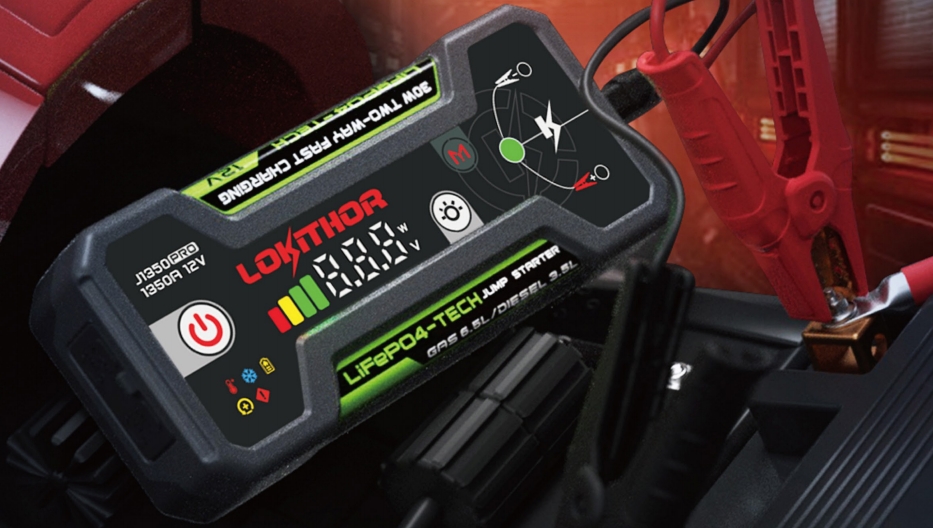Photo-Rechargeable Fabrics: A Wearable, Portable Power Supply
Have you ever watched your phone battery run out because you forgot your phone charger or power bank? Have you thought about integrating the charging power into your clothes to avoid this?
Good news! Such fabrics have been developed, and they’re solar powered.

Image source: sciencedirect.com
Professor Chen Jun from UCLA (University of California, Los Angeles); Professor Nie Yi from the Institute of Process Research at the Chinese Academy of Sciences; and Professor Fan Xing from Chongqing University collaborated together to utilize solar cells and Zinc-ion to develop a better-integrated rechargeable fabric. They recently published their research in an article titled, “Photo-Rechargeable Fabrics as Sustainable and Robust Power Sources for Wearable Bioelectronics” under Cell Presses’s journal, Matter. We will explore their findings in this article.
In recent years, wearable electronic devices have developed rapidly. They can now be integrated with mobile communication and electronic systems through wireless transmission to monitor human physiology, formulate corresponding health recommendations, and achieve personalized medical care.
In order to meet these needs, these devices require electrical energy; in particular, there is a high demand in lightweight and small batteries that can easily be carried around because the size and weight in traditional batteries are limited. The researchers believe that the key to meeting this demand is to integrate electrical energy storage devices in polymer fabrics and to have the source of power come from light energy, such as sunlight.
In their article, Jun, Yi, and Xing describe combining a fibrous dye-sensitized solar cell (an energy harvesting device) with a fibrous zinc-ion battery (an energy storage device) to prepare a 2-in-1 wearable photo-charging fabric (Figure 1A, C).
To do this, the researchers first plated Copper and Manganese on PBT fiber (Polybutylene Terephthalate, the backbone of solar cells) to make their fiber conductive. Then, ZnO nanowires were grown on the metal surface and sensitized with N719 dye, and a CuI hole-conducting layer was attached to the surface to make a photoanode (Figure 1B, D). Zinc-ion batteries were made by winding two polyethylene terephthalate (PET) fibers with carbon nanotubes. MnO2 and Metal-Zinc were the positive and negative electrodes, respectively, and Polyvinyl Alcohol (PVA) hydrogels containing ZnCl2, MnSO4, and LiCl were the electrolytes (Figure 1B, E). The two fibrous cells were integrated into a light-charging fabric (Figure 1G) through shuttle weaving (Figure 1F). The solar cell charged the Zinc-ion battery through light, at which point the battery was able to output power.

Image source: sciencedirect.com
Figure 1. Structural Design of the Photo-Rechargeable Fabric
(A) Schematic illustration.
(B) Fabrication process of the functional fibers as the building blocks.
(C) Photograph of the as-fabricated photo-rechargeable fabric. Scale bar, 1 cm.
(D) Scanning electron microscopy (SEM) image of the photoanode. Scale bar, 200 μm. Inset: section view. Scale bar, 20 μm.
(E) SEM image of a Zn electrode and MnO2 electrode pair. Scale bar, 100 μm.
(F) Schematic illustration showing the customized weaving process.
(G) Integration of fiber solar cells and fiber zinc ion batteries.
Upon creating this fabric, the researchers found that it had excellent output performance and electric energy storage. Because the fabric is made of lightweight polymer fibers and blended with common cotton threads and is similar in appearance and softness to ordinary fibers, it is suitable for daily wear (Figure 2A). Furthermore, the fabric's voltage can quickly rise to about 6 V after 1 minute of sunlight at 100 mW / cm2, and it can continuously supply power for more than 10 minutes in the dark and under different conditions, such as distortion, wetting, etc. (Figure 2B). In addition, the electrical energy stored in the fabric is stable, and its voltage decays by less than 20% after one and a half months (Figure 2C). In practical applications, the fabric can power cell phones (Figure 2D), temperature and humidity sensors (Figure 2E), and motion sensing systems (Figure 2F).

Image source: sciencedirect.com
Figure 2. Photo-Rechargeable Fabric Powering a Body Area Sensor Network for Personalized Care
(A) Illustration of an autonomous body area sensor network.
(B) The photo-rechargeable fabric delivering stable electrical output under varying environmental disturbance.
(C) An evaluation of air stability.
(D–F) Demonstration of the photo-rechargeable fabric used to power various wearable devices. All scale bars, 5cm.
(D) A cell phone.
(E) A temperature sensor and a humidity sensor.
(F) A heart-rate sensor.
In conclusion, mobile photo-rechargeable fabric as a power supply is an important part of fabric sensing networks due to its functions with monitoring the environment, human physiology, etc. It is the basis for developing IoT (Internet of Things) and material and energy supply for personalized care.
But for now, consider Grepow's novel battery for your smart wearable devices. There are limitless applications for custom-made Grepow batteries. From wearable devices to IoT, the potential is endless.
We specialize in custom, semi-custom, and off-the-shelf batteries, and we've been in the industry since 1998. With over 200 engineers and 3,000 workers in our factories in China, we are confident in our experience to deliver outstanding products.
Do you want to know more? Please contact us, and you will get what you want!
Website:https://www.grepow.com/shaped-battery.html
Email: info@grepow.com
Related Articles
-

The Ultimate Guide to Grepow Jump Starter
2025-03-27 -

How to Choose Lithium Batteries for Cold Weather?
2024-09-19 -

Next-Generation eVTOL Battery Technology
2024-08-22




















































